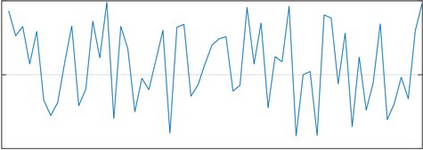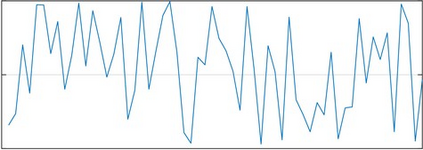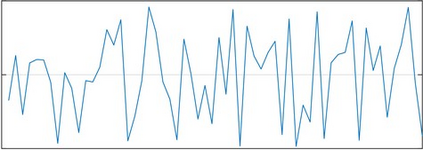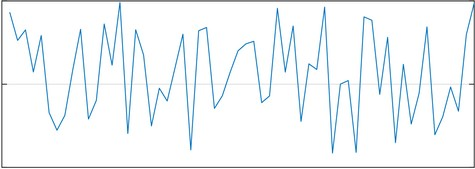Sequential methods for synthetic realisation of random processes have a number of advantages as compared with spectral methods. In this article, the determination of optimal autoregressive (AR) models for reproducing a predefined target autocovariance function of a random process is addressed. To this end, a general formulation of the problem is developed. This formulation is linear and generalises the well-known Yule-Walker (YW) equations and a recent approach based on restricted AR models (Krenk approach). Two main features characterise the introduced formulation: (i) flexibility in the choice for the autocovariance equations employed in the model determination, and (ii) flexibility in the definition of the AR model scheme. Both features were exploited by a genetic algorithm to obtain optimal AR models for the particular case of synthetic generation of homogeneous stationary isotropic turbulence time series. The obtained models improved those obtained with the YW and Krenk approaches for the same model parsimony in terms of the global fitting of the target autocovariance function. The formulation for the one-dimensional multivariate case was also presented, highlighting the causes behind some computational bottlenecks.
翻译:与光谱方法相比,合成随机过程的顺序实现方法具有若干优势。在本条中,确定了用于复制随机过程预定目标自动变异功能的最佳自动递减模型(AR)模型,为此,制定了问题的一般配方。这种配方为线性,概括了众所周知的Yule-Walker(YW)方程式和基于限制的AR模型(Krenk 方法)的近期方法。所引入的配方有两个特点:(一) 在选择用于确定模型的自动变异方程式方面的灵活性,和(二) AR模型方案定义的灵活性。两种特征都被基因算法所利用,以获得合成同质定形定形静流时序列特定情况下的最佳AR模型。获得的模型改进了以YW和Krenk方法获得的同一种模型模型的模型,即目标自动变异函数的全球适用性。还介绍了一维多变量案例的配方,强调了某些计算瓶颈背后的原因。








